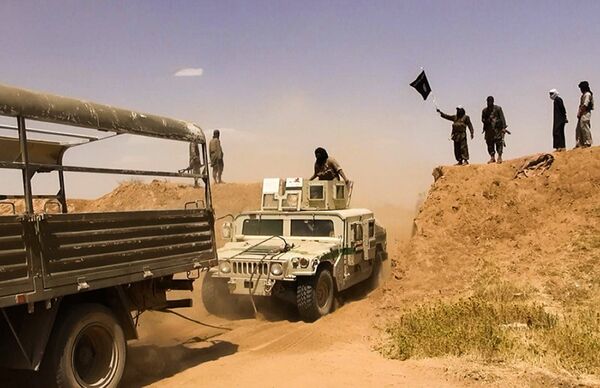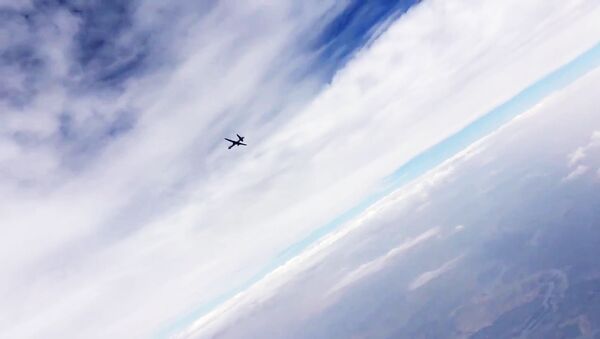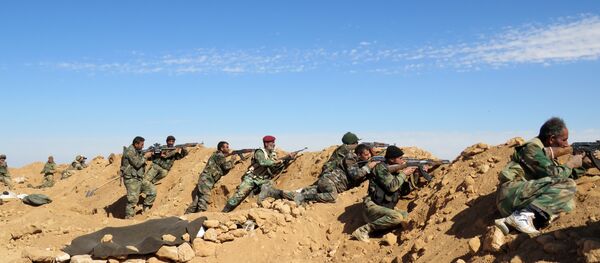Denis Fedutinov, a leading Russian expert in the field of unmanned aircraft, told Svobodnaya Pressa that it is hard to determine what drones Daesh utilizes since limited information on the subject is available through open sources.
"The militants could receive unmanned aerial vehicles (UAV) through three sources," he said. First are commercially available systems, including Chinese-made X-UAV and multipropeller drones that have been spotted on the Syrian battleground.

Daesh could have also seized small-size UAVs that the United States transferred to Iraq as part of its military and technical assistance program. If so, it would not be the first time that the terrorist group appropriated US-made weapons.
The militants acquired M16 assault rifles, M4A1 carabine rifles, M14 EBR designated marksman rifles, M249 light machine guns, M62 grenades, BGM-71 TOW anti-tank missiles, M198 howitzers, Humvees, MRAP armored personnel carriers, M1117 armored security vehicles and M1A1M Abrams main battle tanks during their blitz offensive on Iraq when the country's security forces and law enforcement officers fled to safety.
Fedutinov maintained that the bulk of all drones in Daesh's arsenal must have come from Asia, primarily China. "These are affordable models with manual control systems or simple civilian UAVs that are primarily capable of performing reconnaissance and surveillance," he added.
Daesh capabilities are limited when it comes to unmanned aircraft, the analyst noted. The terrorist group does not seem to have access to high-end drones. But the trend itself is alarming.
"The militants' growing use of drones highlights an important battlefield development in the conflict in Iraq and Syria. The enemy is now regularly employing this technology for everything from propaganda videos and surveillance to indirect fire spotting and, possibly, weapons delivery," Matthew L. Schehl wrote for Marine Corps Times.



